Elegant rotating dial mantel clock from the second half of the 19th century, crafted in the Louis XV revival style during the Second Empire. The clock is made of finely polished Carrara white marble and rests on a moulded base in violet breccia marble, an ornamental Italian stone known for its rich purple, beige and veined grey tones.
The sculptural group depicts the Three Graces, ancient symbols of beauty, joy and elegance. The three nude female figures, carved in full round with remarkable refinement, encircle a fluted classical column. This column supports a lidded urn decorated with garlands, which houses the clockwork mechanism. Time is indicated via an annular rotating dial, featuring Roman numerals for hours and Arabic numerals for minutes, painted on two rotating enamel rings.
The composition is directly inspired by the renowned Three Graces clock designed circa 1770 by French sculptor Étienne-Maurice Falconet. An original example of this model is held in the collections of the Louvre Museum in Paris (bequest of Isaac de Camondo). The design exemplifies the neoclassical admiration for antiquity and the ideal of feminine beauty, here reinterpreted in a 19th-century neo-rococo idiom.
The plinth is adorned with finely carved bas-reliefs depicting putti in allegorical scenes, evoking the decorative friezes of the 18th century. The entire ensemble stands on a base of violet breccia marble, edged with a string of gilt-bronze pearls.
Dimensions:
Height: 73 cm
Width: 39 cm
Depth: 27 cm
A rare model that combines sculptural elegance, technical craftsmanship and inspiration from a Louvre masterpiece.






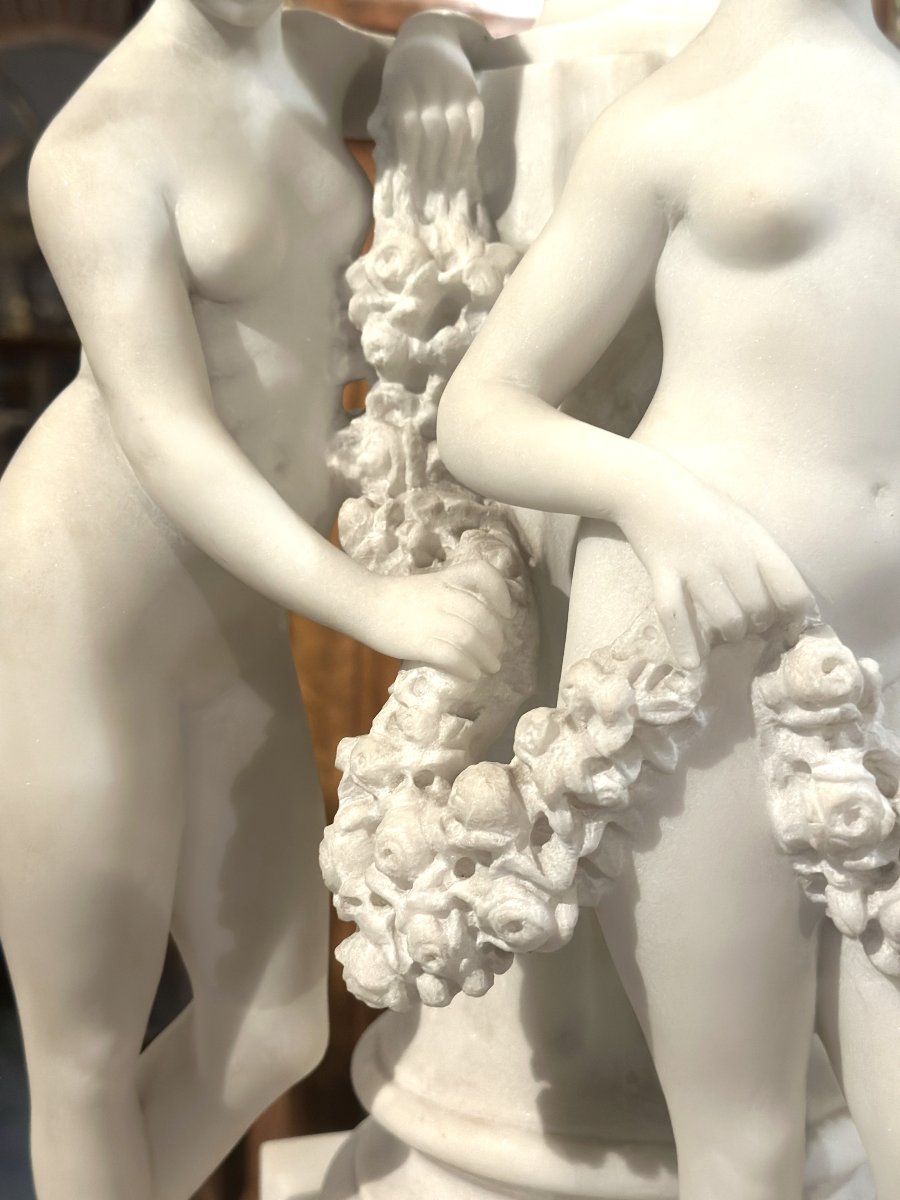

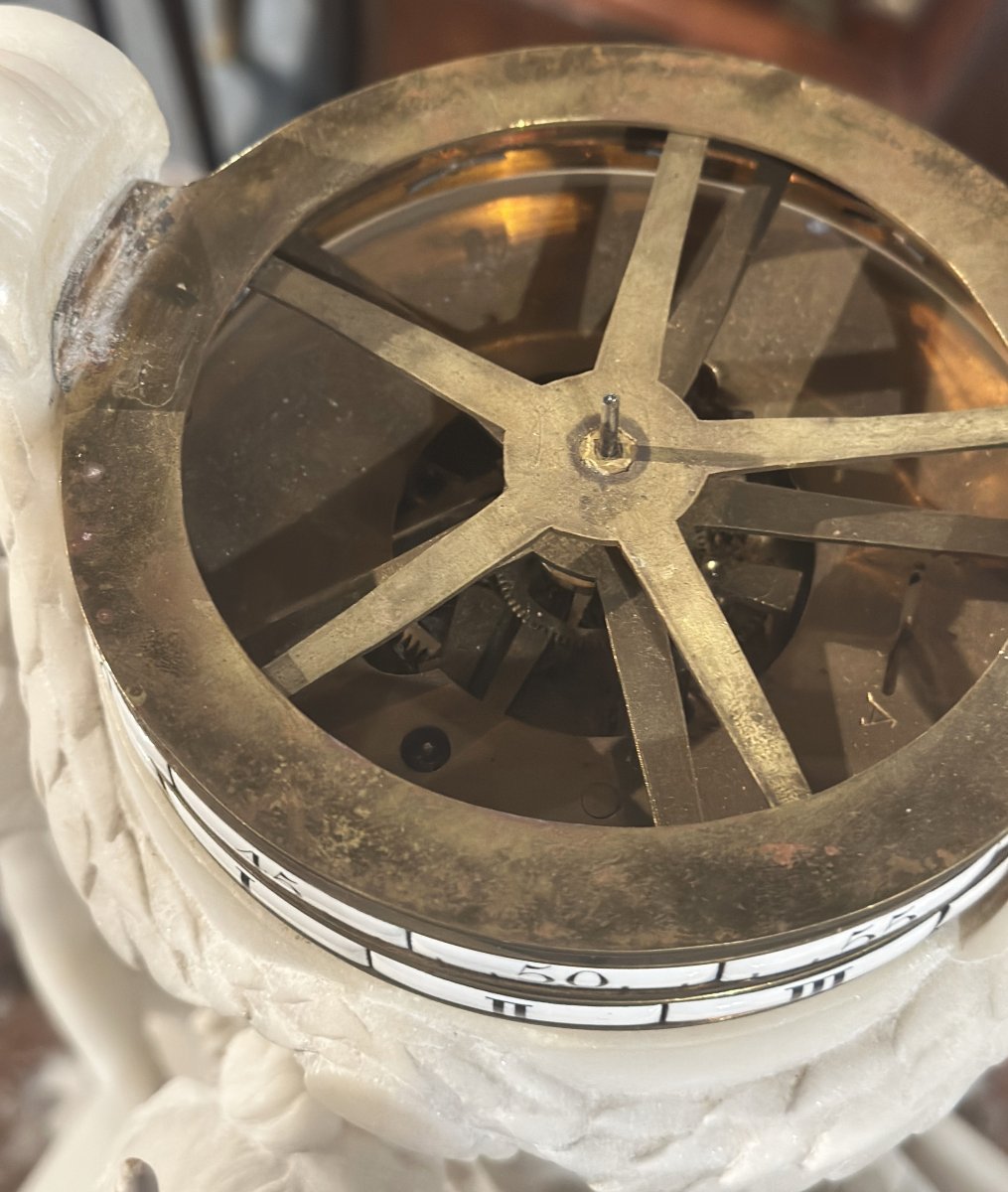
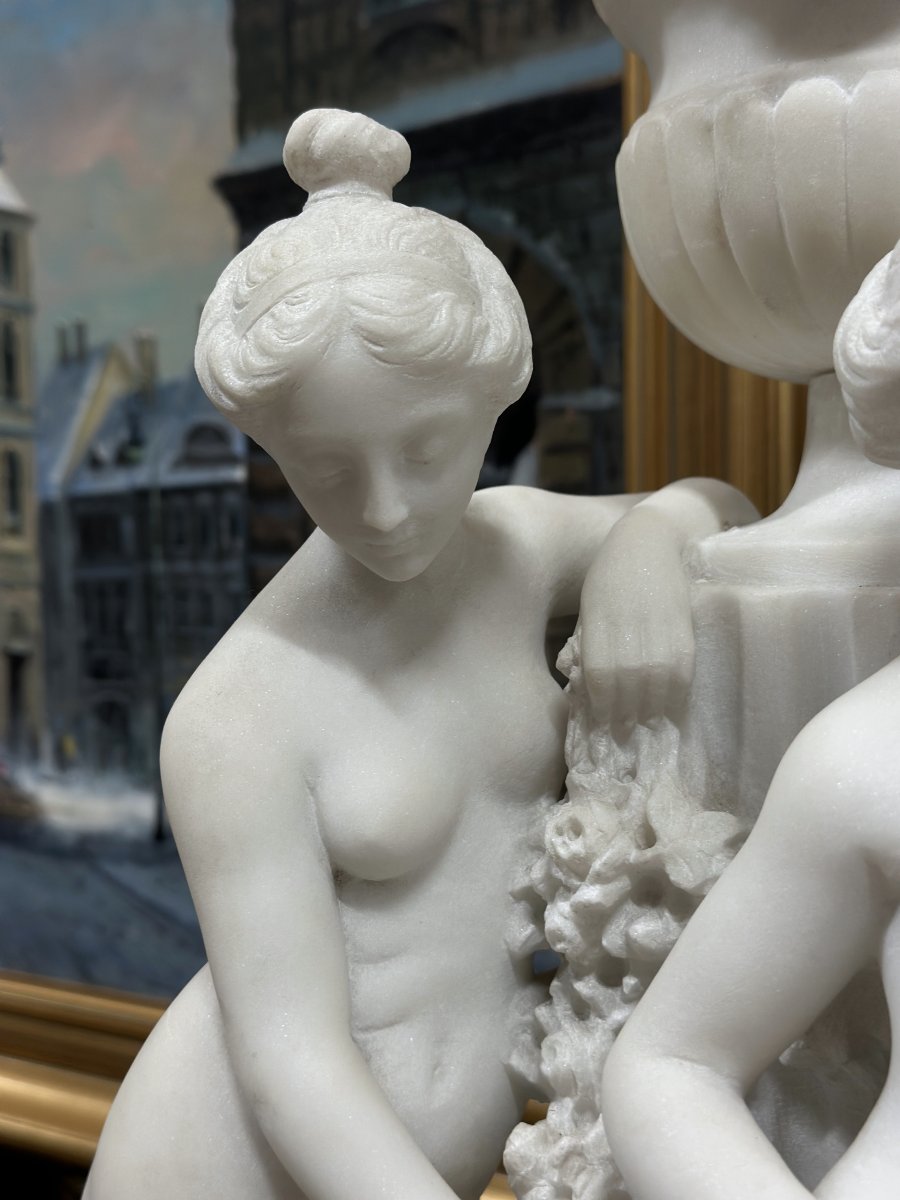



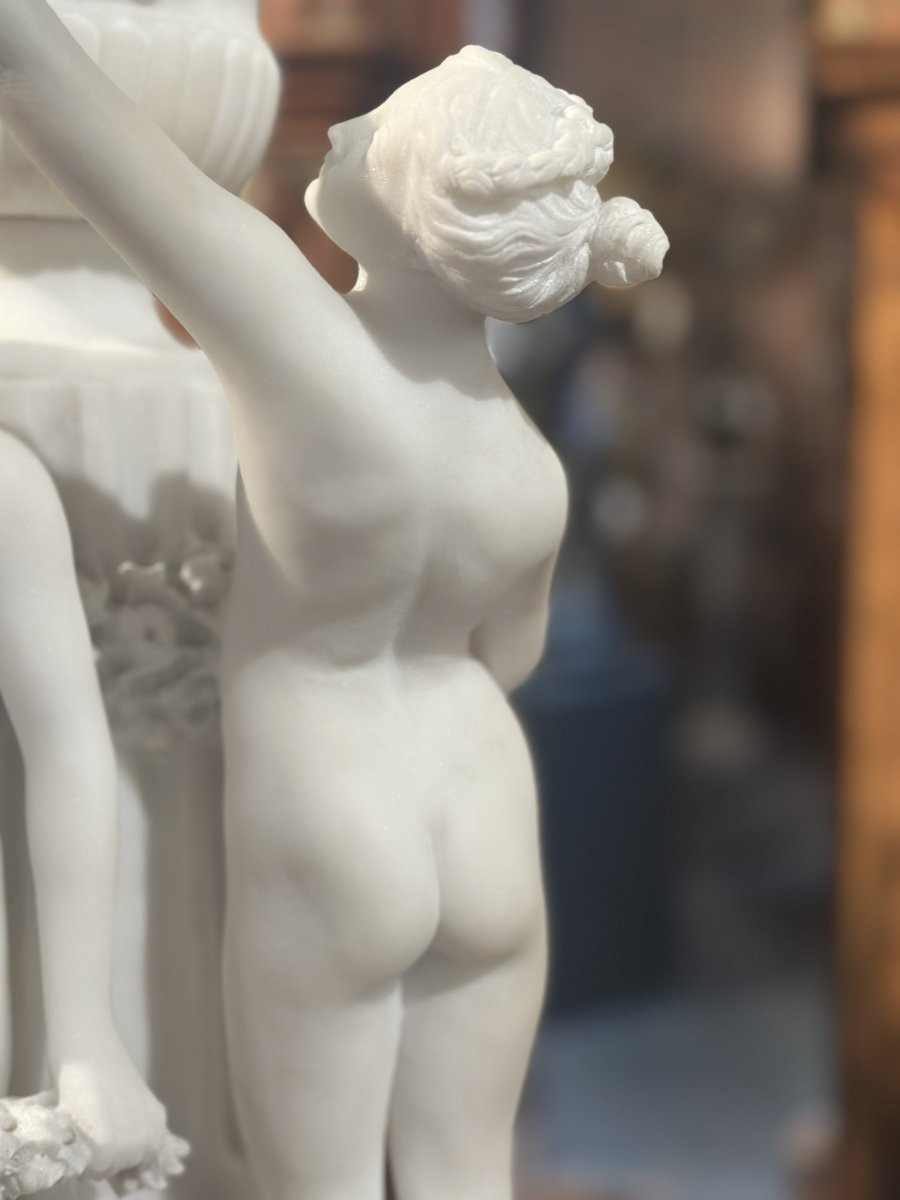













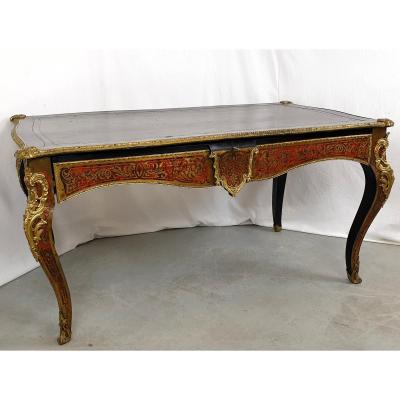






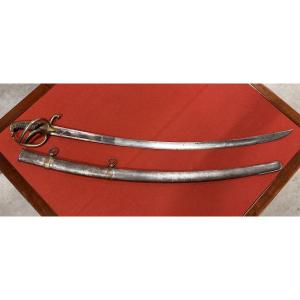
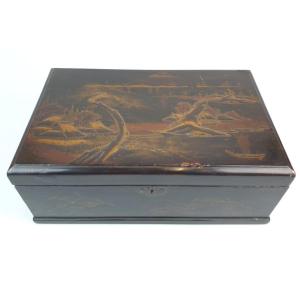




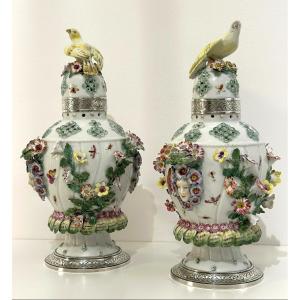

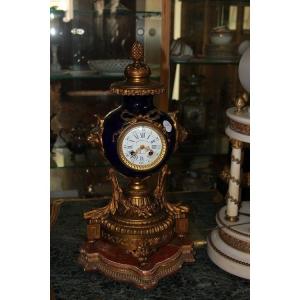

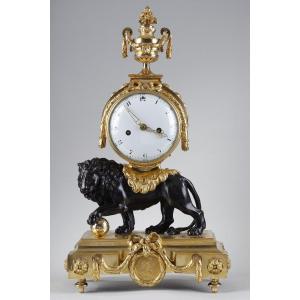
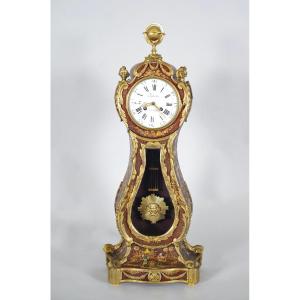




 Le Magazine de PROANTIC
Le Magazine de PROANTIC TRÉSORS Magazine
TRÉSORS Magazine Rivista Artiquariato
Rivista Artiquariato